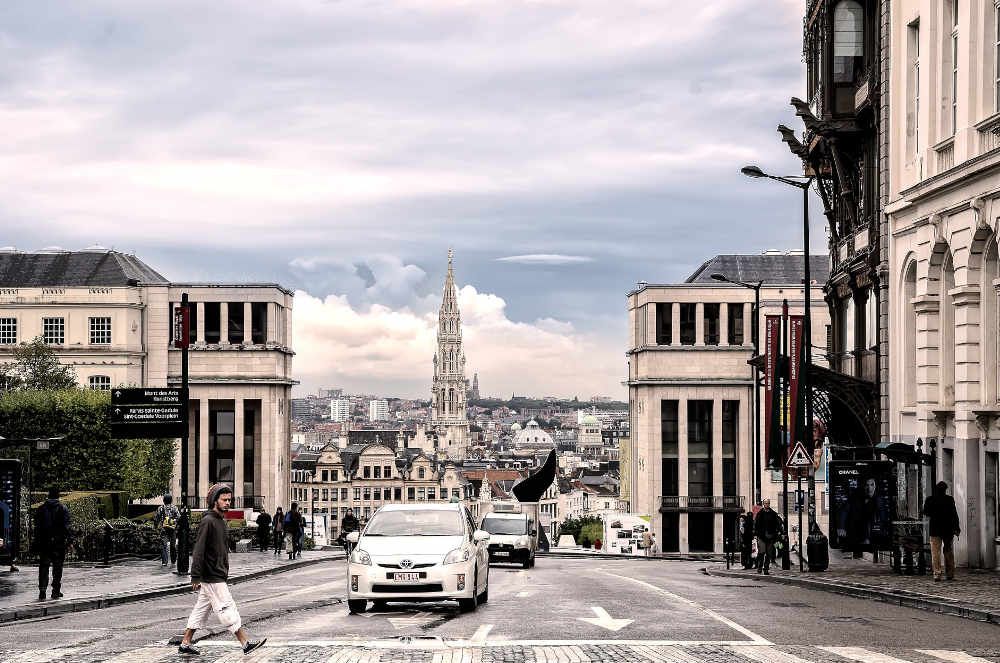Moving from UK to Belgium – driving in the country

When you move from the UK to Belgium you will probably want or need to drive. Driving in Belgium is varied – you either drive on pleasant, well-maintained roads, on dug up roads due to repairs, or in big traffic jams.
There is therefore no great difference between Belgium and the UK. However, some physical and administrative differences need to be taken into account.
For a start, a British driving licence is enough – but it is worth getting a European driving licence as soon as possible – it will help to deal with the police. The local town hall will issue this document for a small fee. You will need your ID card, a UK driving licence, two passport photos and a cash fee. If you are retired and are approaching the age of 70, you need to renew your driving licence in the UK every 3 years – otherwise in Belgium, your new licence will be valid for 11 years.
You also need to register your vehicle in VRA before you can drive legally. It is mandatory to have at least a third party insurance – and keep it in the car.
Moving from UK – driving in Belgium
After moving to Belgium you will find out that driving is very similar to that in the UK – with one notable exception – ‘Priority to the right’. This sign can also often appear when it is least expected. And of course, you have to drive on the right!
What needs to be in a car in Belgium?
- A driving licence,
- Insurance policy,
- Vehicle registration documents,
- Passport/ID card,
- Proof of payment of road tax and car radio tax, if applicable.
What else is worth having in the car?
- Warning triangle – in case of an accident or breakdown, the triangle must be placed 30 metres behind the vehicle on normal roads and 100 metres on motorways. It must be visible from a distance of 50 metres,
- First aid kit,
- An extinguisher that must be accessible from the driver’s seat,
- Reflective jacket.
Winters may be challenging in Belgium, but winter tyres are not mandatory, however, it is a legal requirement in neighbouring countries, Germany and Luxembourg.
Moving from UK to Belgium – roads and speed limits
Motorways (Autoroute / Autobaan) are marked with the white letter E on a green background. There are service stations and SOS telephones, which are well lit and usually free of charge. National roads are marked with the letter N and a given number.
Belgium has about twice as many accidents as the UK, so speed traps are common and can be hidden. Fines are heavy and often have to be paid immediately.
The speed limits are as follows
unless otherwise indicated:
- Built-up areas: 50 km/h (30 km/h near schools – applies all day long),
- National roads: from 70 km/h to 90 km/h,
- Motorways: 120 km/h.
In built-up areas, the speed limit applies to areas marked with a sign with the name of the community on a white background. Radar speed traps are common.
In Belgium, the legal limit for drink-driving is 0.5 per mille of alcohol.
